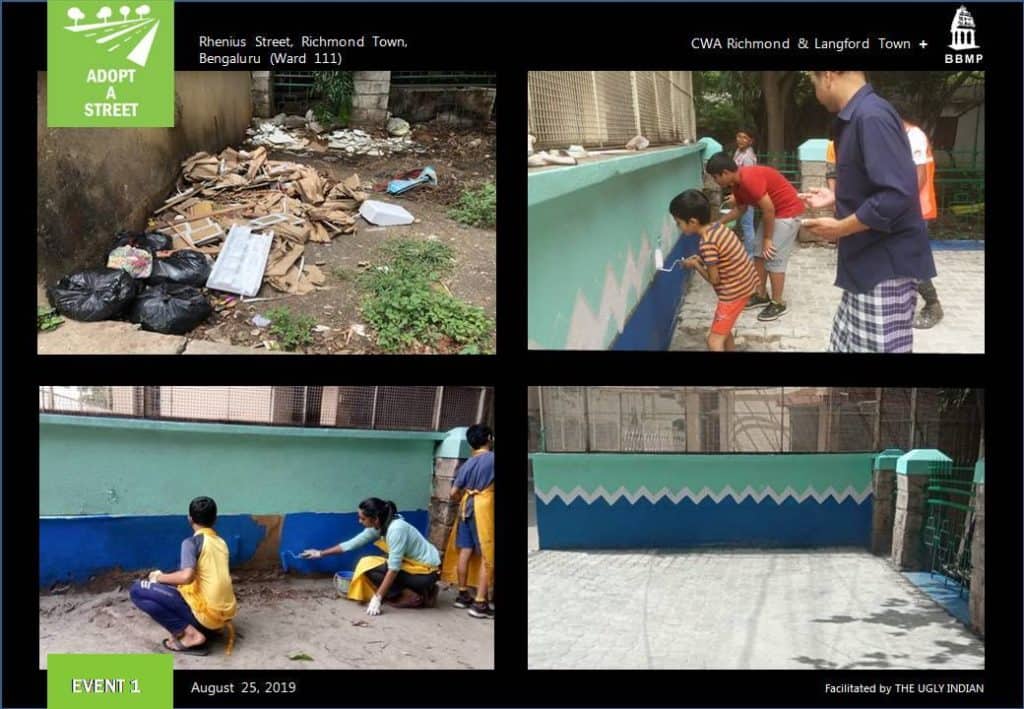I opened one of the newspapers today and saw a brief report that stated that a certain infrastructure project in Bengaluru that had been stalled for the last year, had been restarted.
The narrative in the paper was that the contractor on the project had problems; the government put the project on hold and later, got the same contractor to resume work on it.
In the meantime, a year and a half had passed. Pedestrians had fallen into potholes on the roads that were dug up for the project. Monsoon rains had clogged the works and traffic was getting jammed.
The reason I bring this up is that this is a regular and unending problem of urban governance. It has simple structural solutions that seem to have never been explored.
Read more: Urban Utilities Map Beku: What lies beneath Bengaluru’s roads
Contractors and developers do make errors but not all the time. Mostly, this is a problem of poor management by the government. By blaming the contractor for all the problems and putting the project on hold for stretches of time, the problem only gets compounded.
In many cases, the contractor is a large national-level player, with experience in large projects and capable of suing the government. Despite the newspaper article making it sound that the government had returned the project to the contractor, the reality was probably quite different. Perhaps the contractor threatened to sue the government.
This drama is played out on a regular basis in Bengaluru. Either the government is incapable of dealing with it or just doesn’t want to. Its reactions are often knee-jerk and short-sighted. So how can we solve this problem?

Quality of documents of infrastructure contracts
First, the quality of contract documents should improve. Everything from project specifications, qualification of contractors, shortlisting specifications, and tender notices should be clear.
So many infrastructure contracts are boilerplate documents, often written by the same contractors/ developers who are bidding for the project. This needs to change.
The government, either through sheer hubris, negligence, poor capacity and/or general corruption, pushes projects, the details and specifications of which it is not aware of. It only becomes aware of a problem when crises arise and then it ends up overreacting.
The solution is in a little care while structuring contracts. It could hire better lawyers, to start with.
Settling on a contractor
By engaging only the lowest bidders and given the problem of corruption, infrastructure projects across the country are characterised by shoddy work. In this day and age when the private sector is getting better at its work, the government needs to step up its game and improve its hiring/ procurement procedures to reflect quality.
Key steps would include stringent vetting at the pre-bid stages and mechanisms to restrict contractor-politician nexus. Transparency is an all-important requirement of this process. Monitoring of contracts also needs to be handled better.
Read more: Pune: Road widening stirs debate on how citizen groups can be more effective
Need for investigative journalism
Except when it comes to high-profile projects that have political implications, media reports on infrastructure projects are invariably brief and confined to the inside pages in newspapers. Infrastructure projects, on the other hand, call for sustained and deep investigative journalism that goes beyond official versions. It is the duty of the media to ensure that there are no vested interests involved and that taxpayers’ money is well spent.

A policy framework for infrastructure projects
Much of the policy framework developed for infrastructure projects is applied in an ad hoc manner. This is not because of a lack of strategy but mostly because of poor governance and implementation.
There are plenty of well-educated and active players in the city who are willing to engage in the development of the city, towards improving the quality of life.
However, due to a lack of cohesive coordination by the various parastatal agencies, ad hoc political intervention around election cycles, and the general token engagement with people at grassroots levels, infrastructure development in the city continues to remain shoddy and poorly managed.
So back to the project we started with. Could the problems associated with it have been avoided? Of course, and yet the city will continue to see projects like that again and again. Until citizens engage in the process of vetting macro policy frameworks, project documents (tenders and specifications), procurement processes, and hold the players (politicians, contractors, and state agencies) accountable, problems with projects will continue.
Also read:
- How to plan Bengaluru: A city for people and not for profit
- Strict regulation, active citizens can rein in Pune’s infamous water tankers
- From ‘right to play’ to ‘right to vote’: How Mumbai youth are helping fellow citizens claim their rights
- How citizen action changed Kudlu crematorium
- Importance of participatory design in tactical urbanism
Well written. The fact that the things written in article are very simple and are actually known to many people makes it even more annoying that the infra problems are never ending. They dug up entire road near my building in Bangalore and didn’t lay it back for many months and then Covid hit, I am almost certain they wouldn’t have laid it even till date, i.e. more than 1.5 years. The bureaucracy is horrible and it frustrating for citizens. There’s so much funds available with departments in Bangalore and nothing happens for years on.